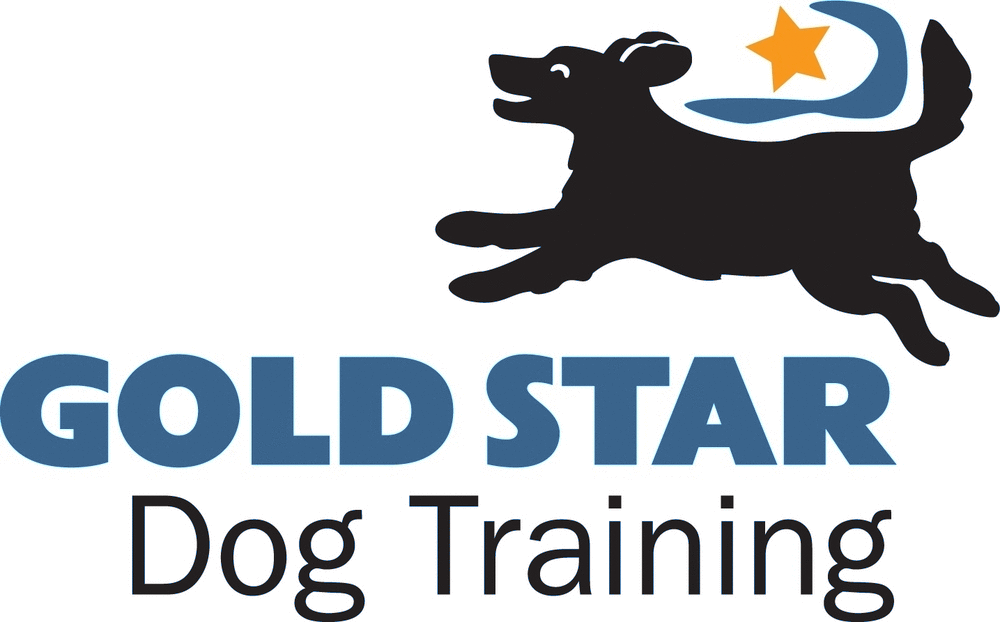In a sprawling field crowded with horses and people, the business of buying and selling horses happens across the withers of a horse, and deals are sealed with a handshake. Little ones, perched atop their ponies, gaze wide-eyed at the carnival rides as they dream of sugary treats. Every so often, a loose horse runs amok through the crowds, though no one seems concerned. Irish Travellers from all over the country, identifiable by their blinged-out, sometimes provocative dress, add a splash of color and culture to the scene. Young men, full of bravado, race their horses down a perilously short, narrow track, yanking the reins just in time to avoid careening into the sea of spectators. The air is filled with the sounds of carnival music, the aroma of food, the thrill of games, and the sight of a towering Ferris wheel spinning lazily above it all. This is Ballinasloe, Europe’s oldest and largest horse fair, dating back to the 18th century, drawing around 80,000 visitors into its wild and wonderful embrace each year.
Who are the Irish Travellers?
Irish Travellers, perhaps best known from the British documentary series Big Fat Gypsy Weddings, are famed for their jaw-droppingly extravagant wedding celebrations—think dresses the size of small countries, over-the-top ceremonies, and cultural quirks that make the whole event feel like a reality show on steroids. Historically, they’re thought to have split from settled Irish society in the 1600s. In 2017, they finally earned recognition from the Irish government as an ethnic minority. While many Travellers have transitioned from nomadic life to more permanent housing, they still face no shortage of discrimination—struggling with barriers to education, healthcare, and jobs. The Ballinasloe Horse Fair, however, is their time to shine, as they gather to share their rich traditions and unrivaled horse-related expertise.




